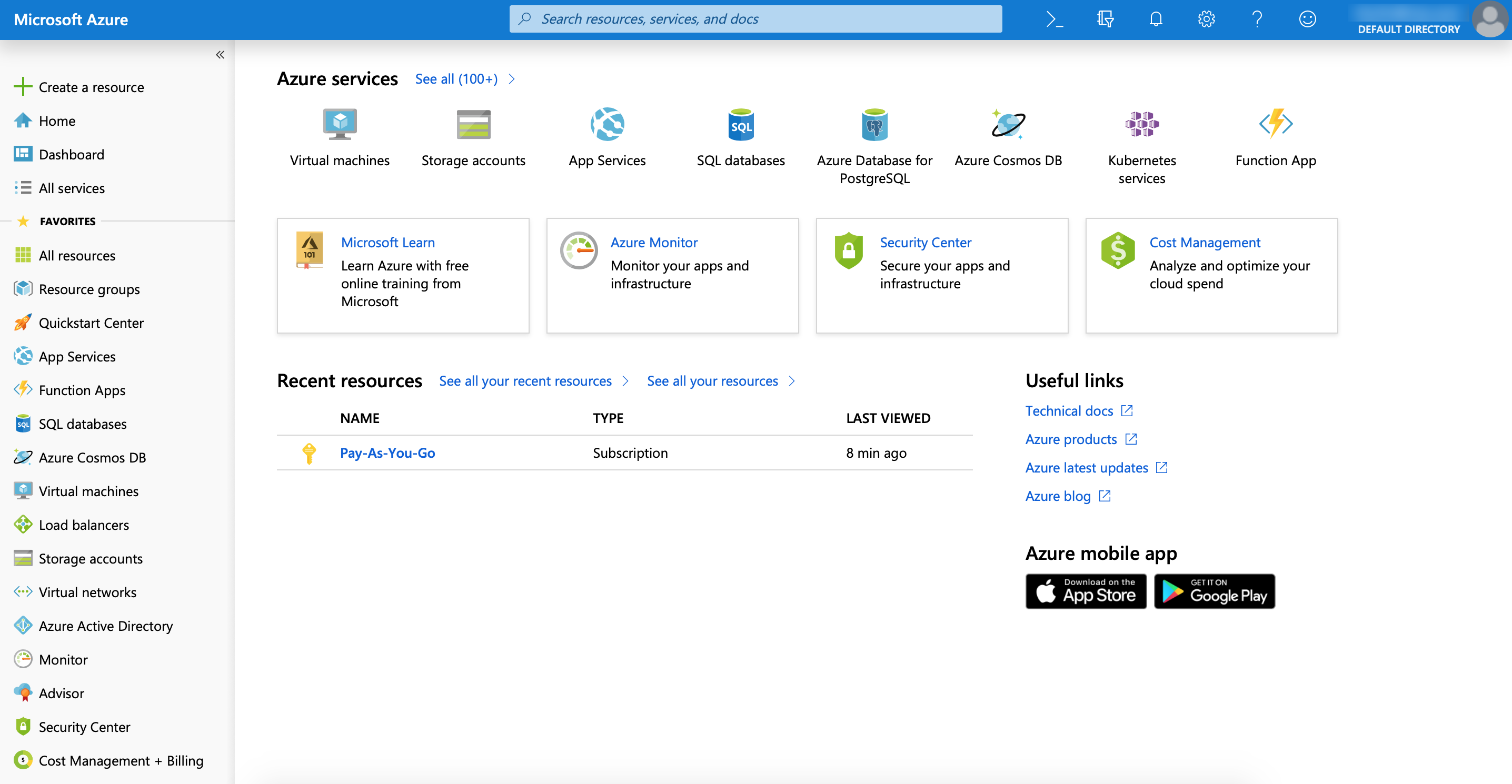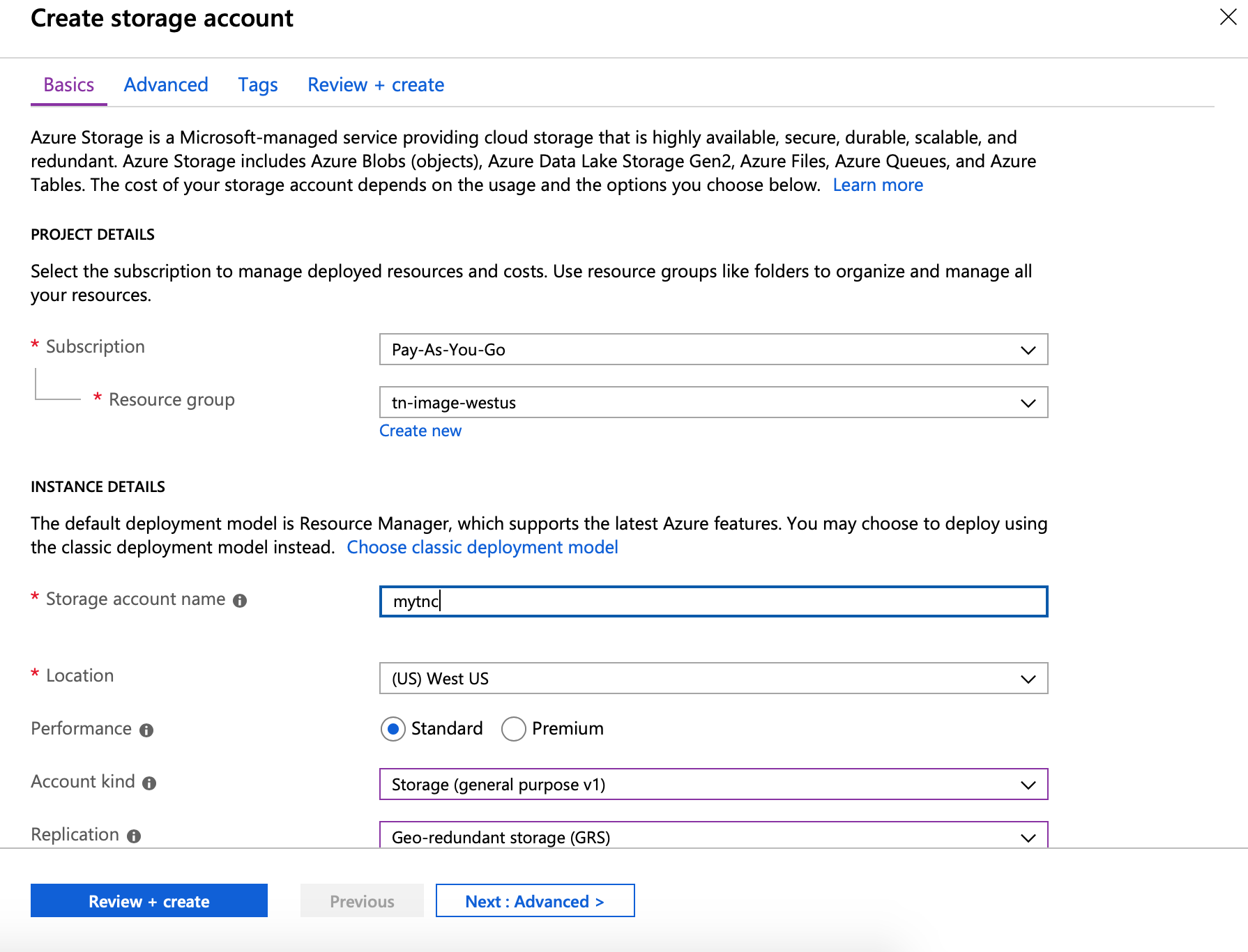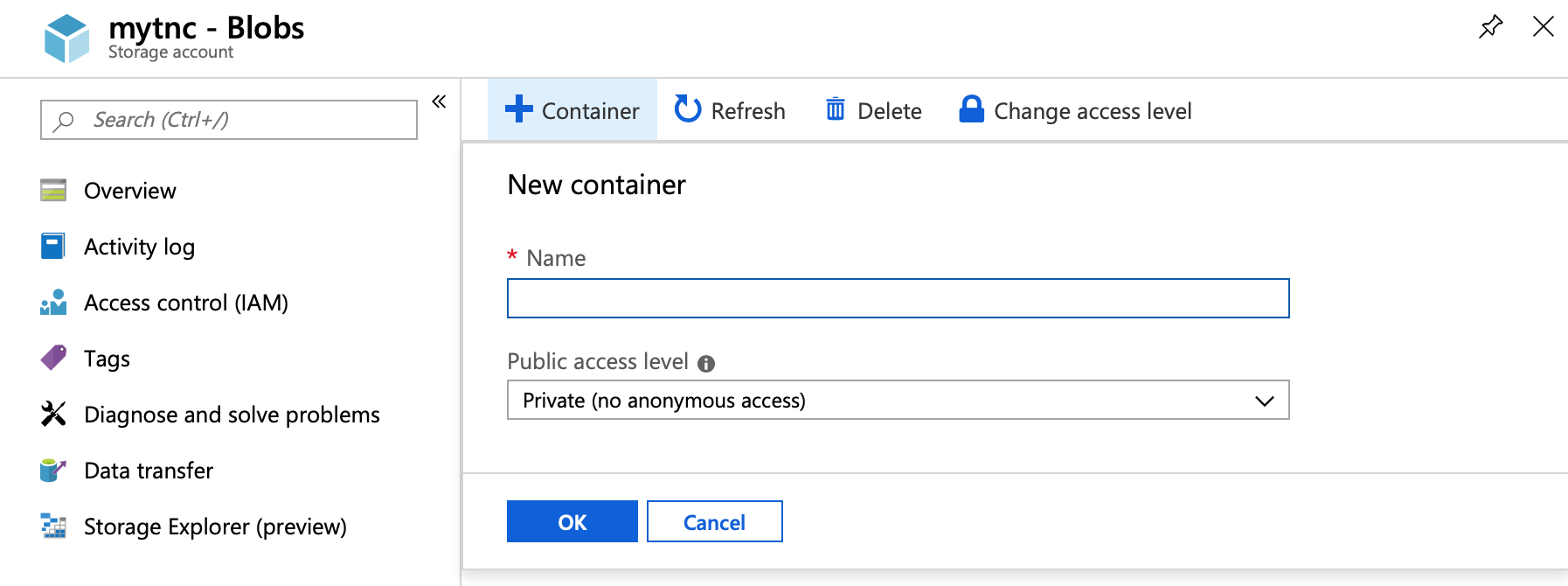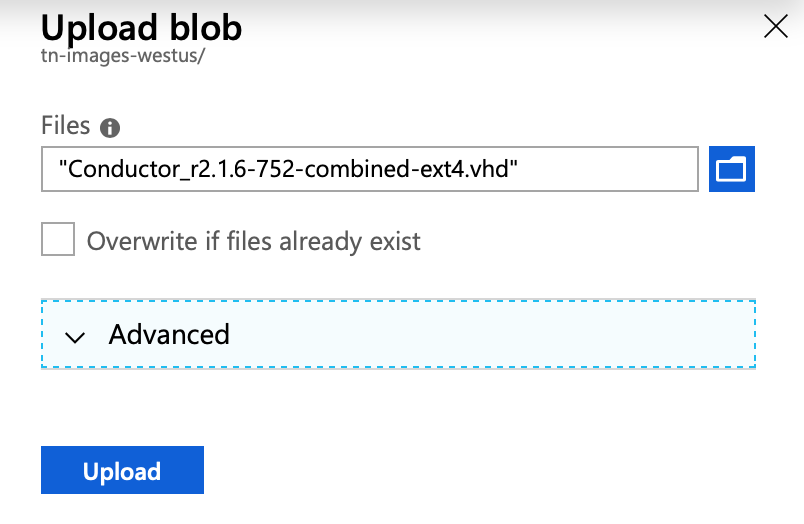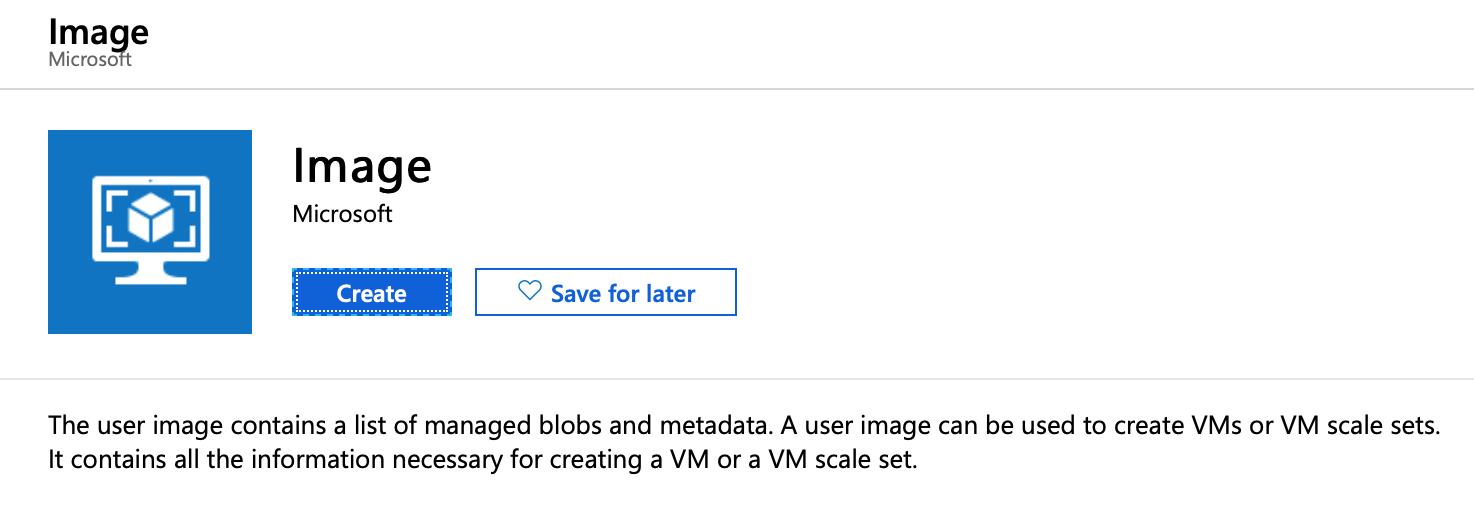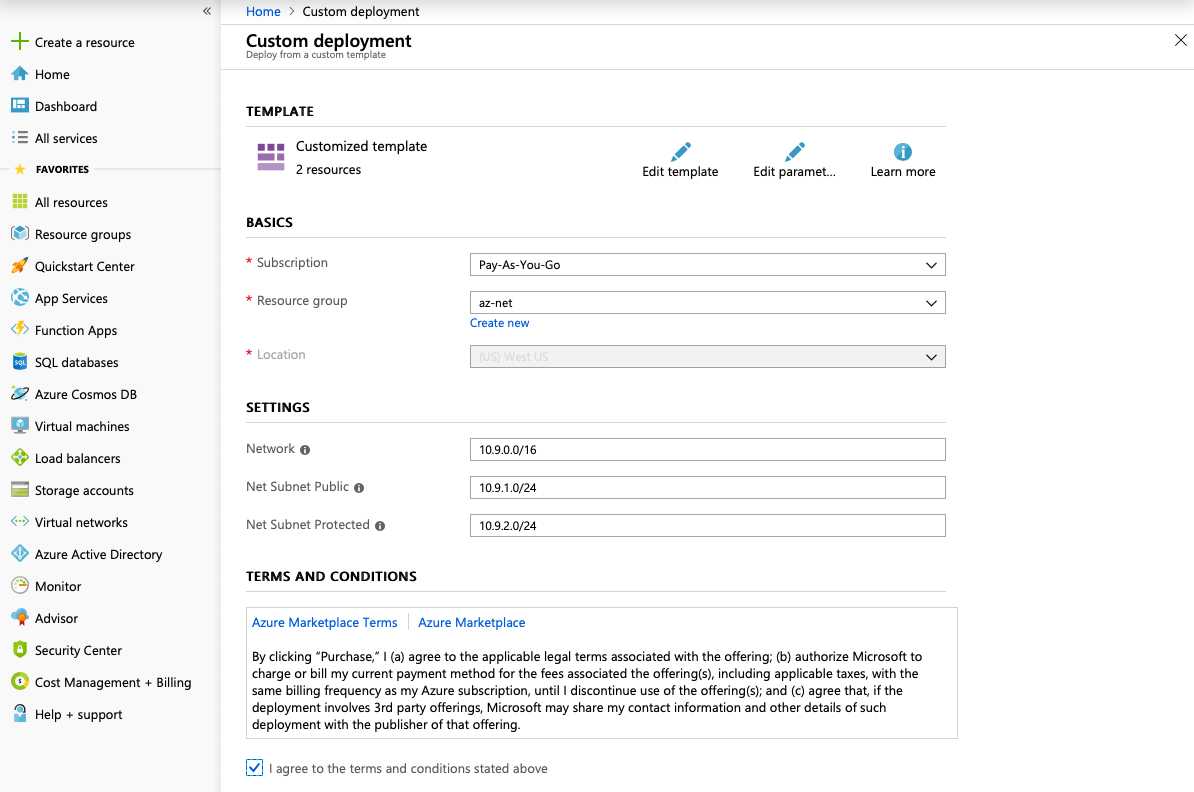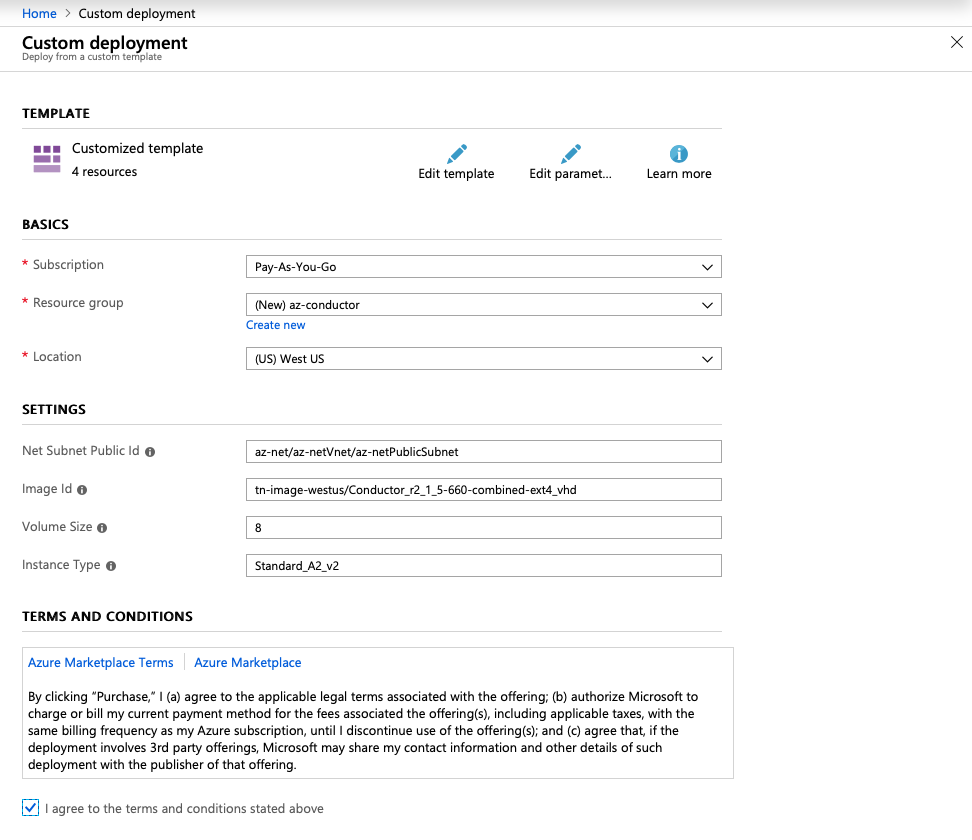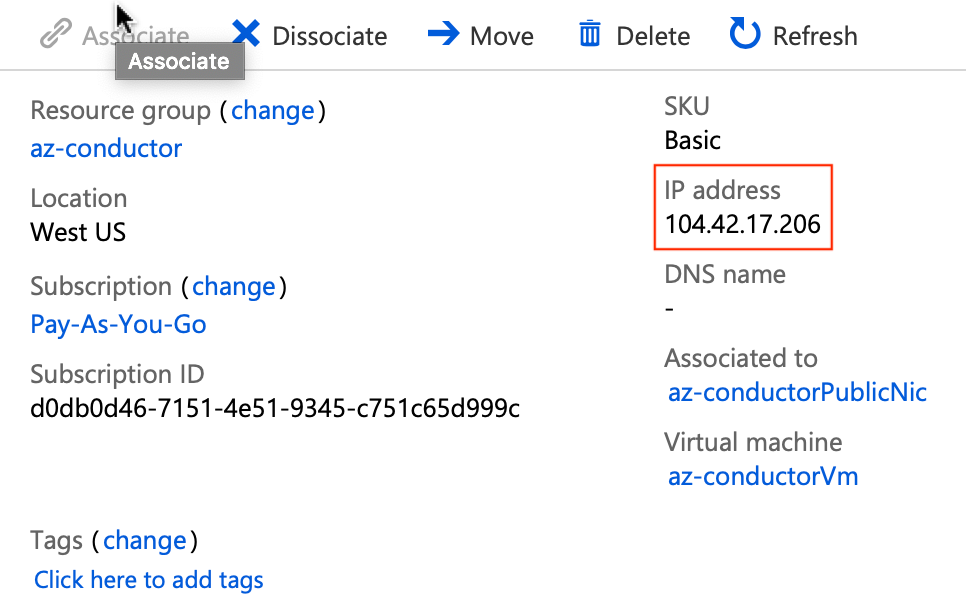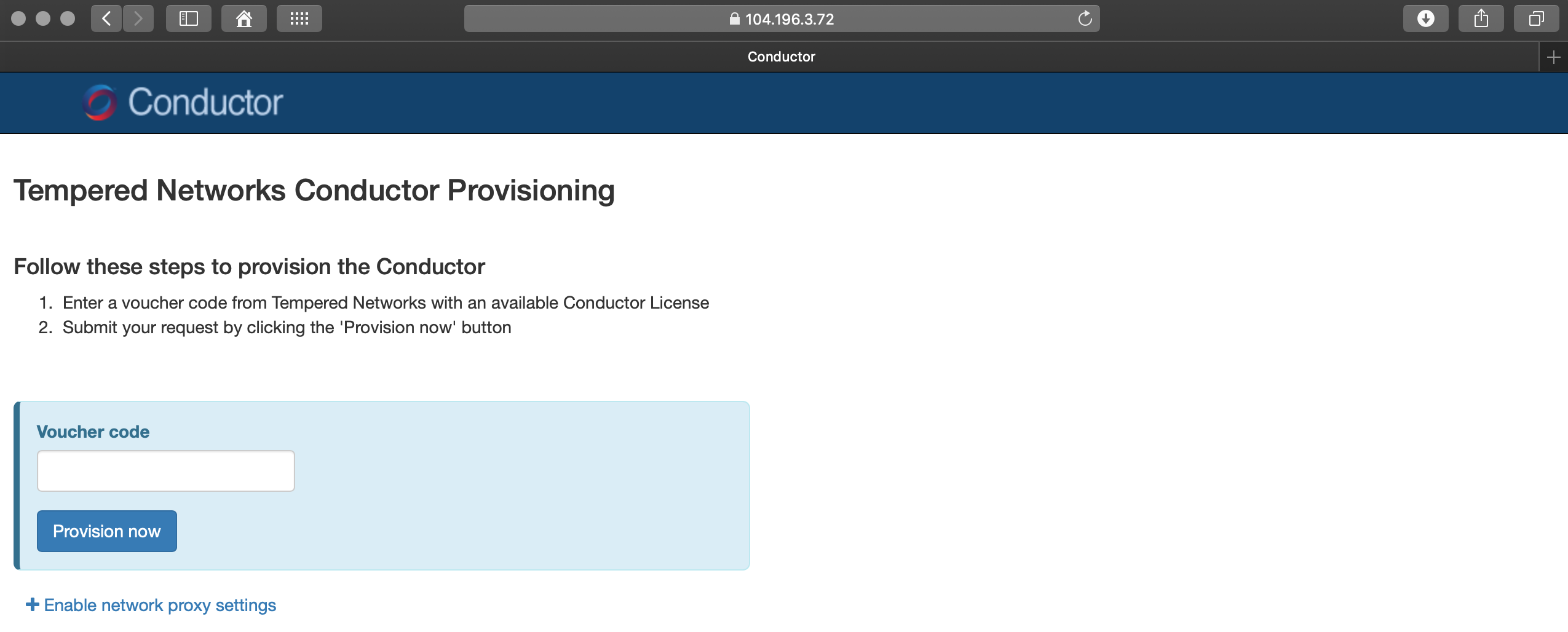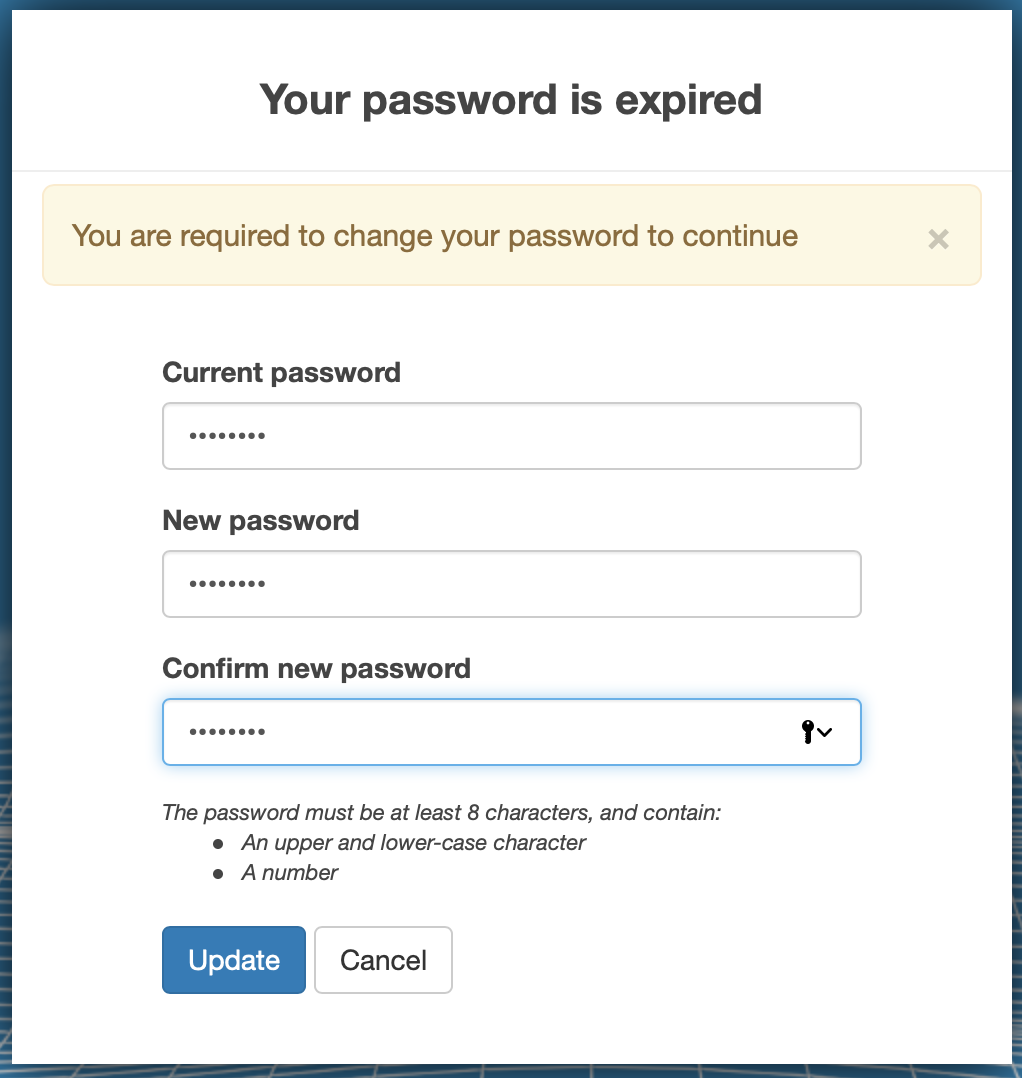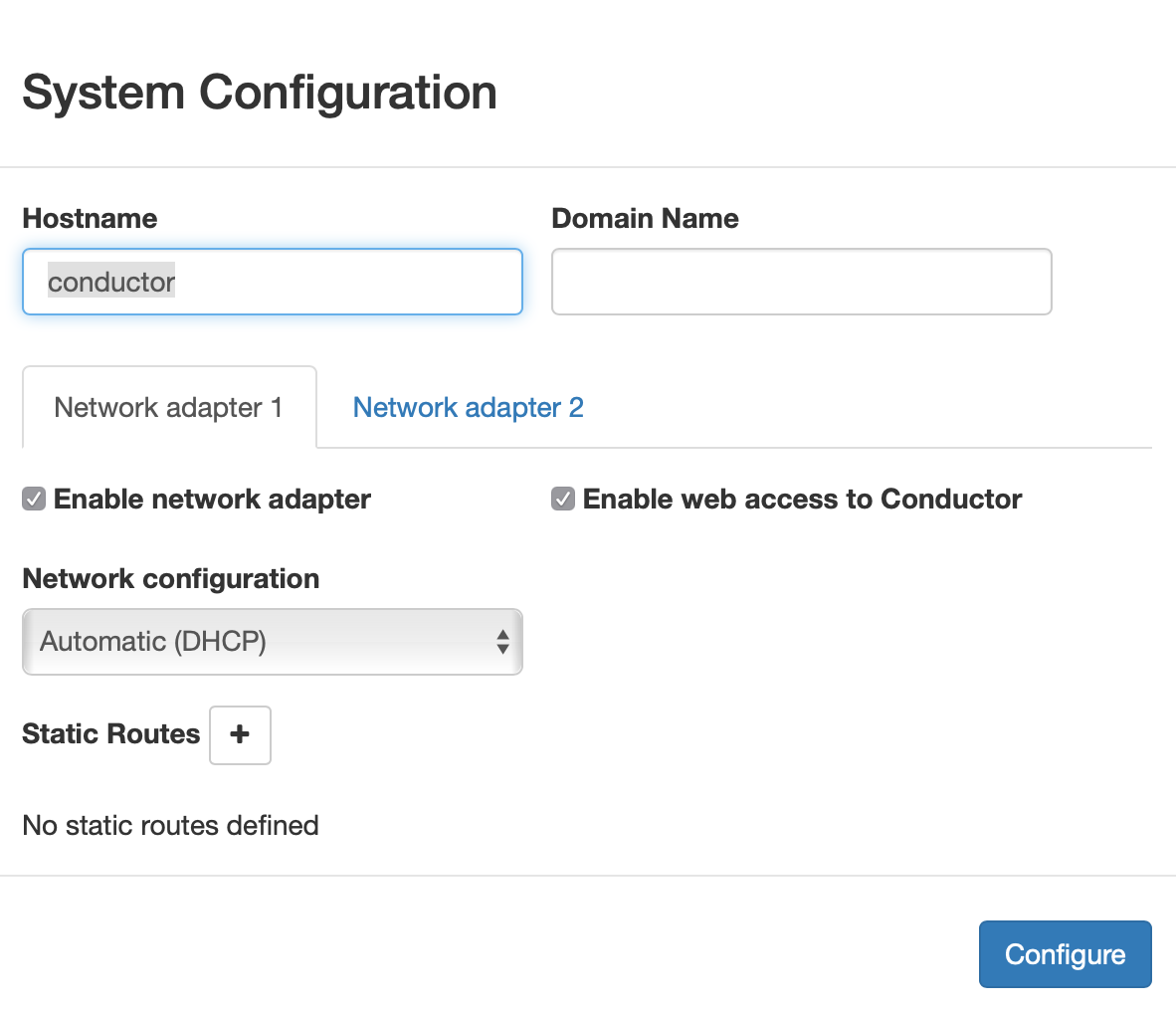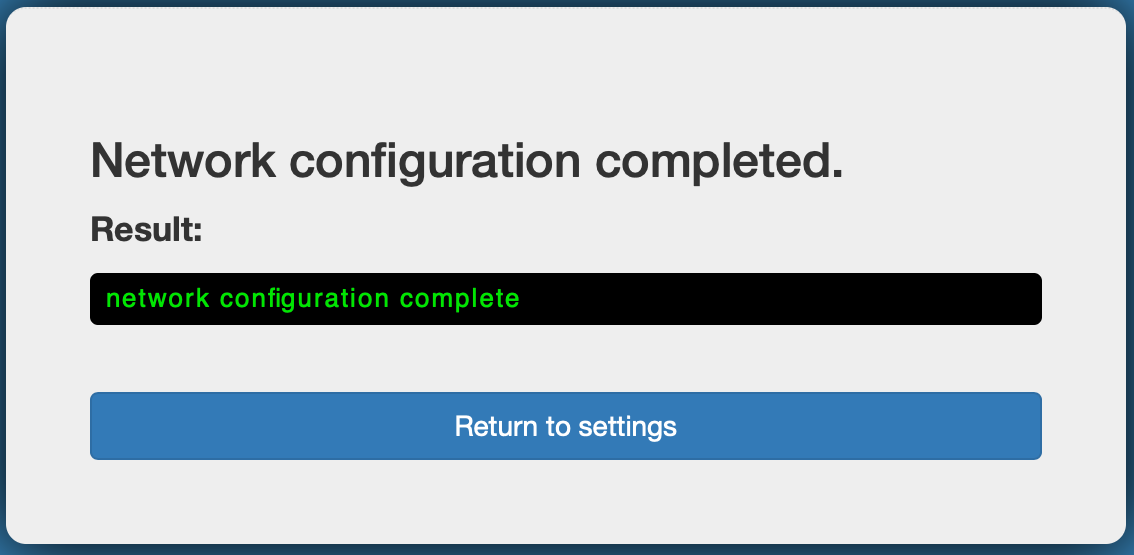Deploy a Conductor on Microsoft Azure
You can deploy a Tempered Networks™ Conductor on Azure and manage physical, virtual, and cloud HIPservices, and HIPclients. Use the following steps to deploy a Conductor on the Microsoft Azure platform.
Prerequisites
To get started, make sure you have access to your Azure account. If you don't have an account, you can create a free Microsoft Azure account and upgrade it to a full account later. If you have an existing Azure account, make sure your billing information is set up. You cannot create a project until you are able to link your billing information to your newly created project.
A Conductor license voucher is necessary at the end of this procedure if you want to start the Conductor and verify it is set up correctly. Fulfillment will provide this to you in an email after your purchase is complete.
The Conductor VHD is required later on in this install and is available from this location: https://s3.amazonaws.com/temperedsoftware/images/azure/Conductor_r2.1.6-752-combined-ext4.vhd
Log in to Azure Cloud
Add a Conductor image
A Conductor image must be available to your project to create an instance. You make an image available by creating the following:
- A storage account
- Stores objects, files, and tables in a specific region so you can use them in your projects.
- An object container
- Stores the Conductor managed blob object, which you upload to the container.
- An image
- Contains the managed blob and all the information necessary for creating a Conductor virtual machine.
Create a storage account
To get started, you need to create a storage account. This account will contain the images needed to create a Conductor virtual machine. For more information on Azure storage accounts, see Introduction to Azure Storage in the Azure documentation.
Create an object container and add a Conductor
A container resource is associated with your storage account and where you will store the Conductor virtual image. It includes metadata and properties needed for easily managing your images.
To create an object container:
Create an image
You now need to create a Conductor-managed image resource and add it to your storage account. This image can then be used to create the Conductor virtual machine.
To create an image:
Create a virtual network

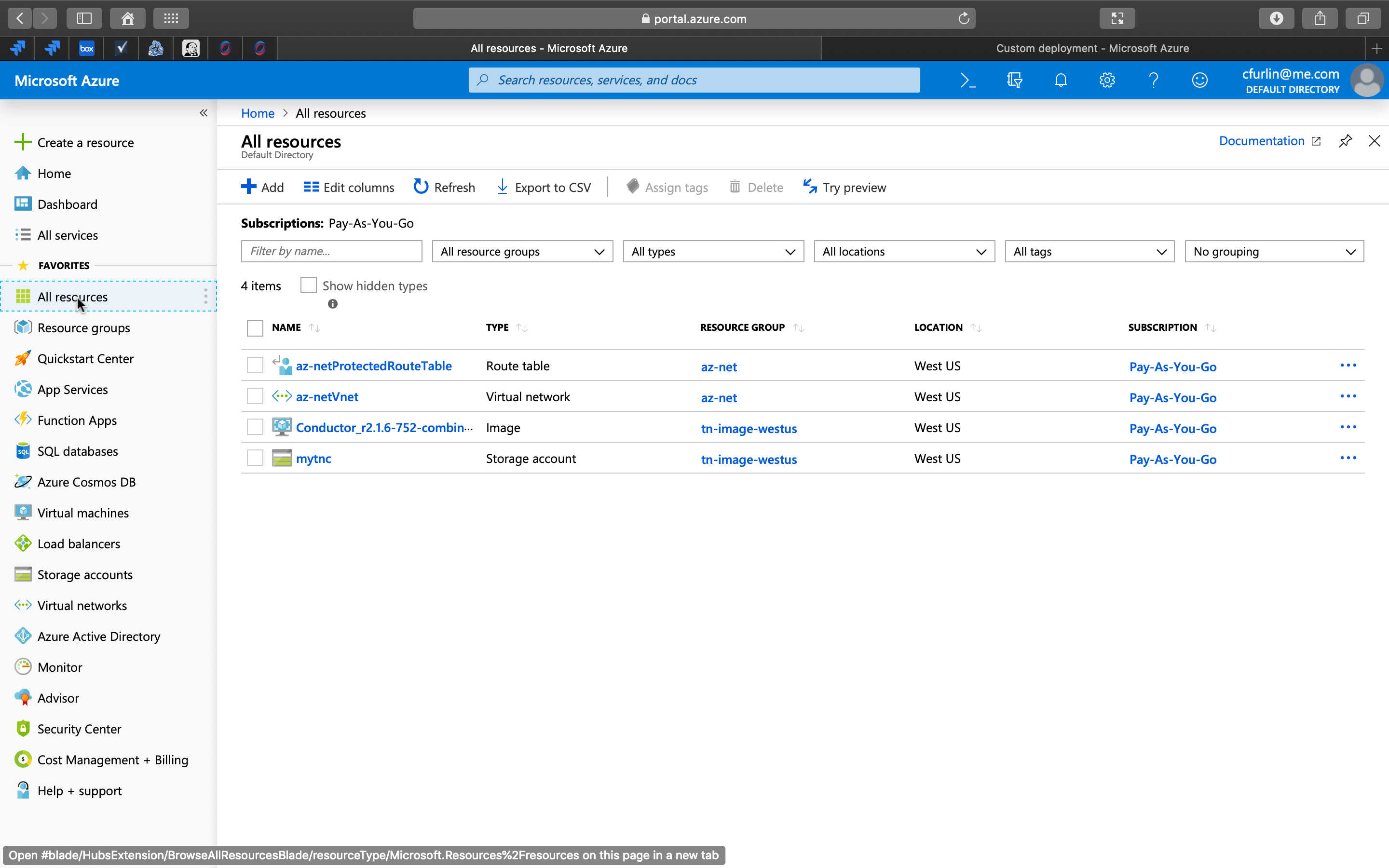
Create the Conductor virtual machine

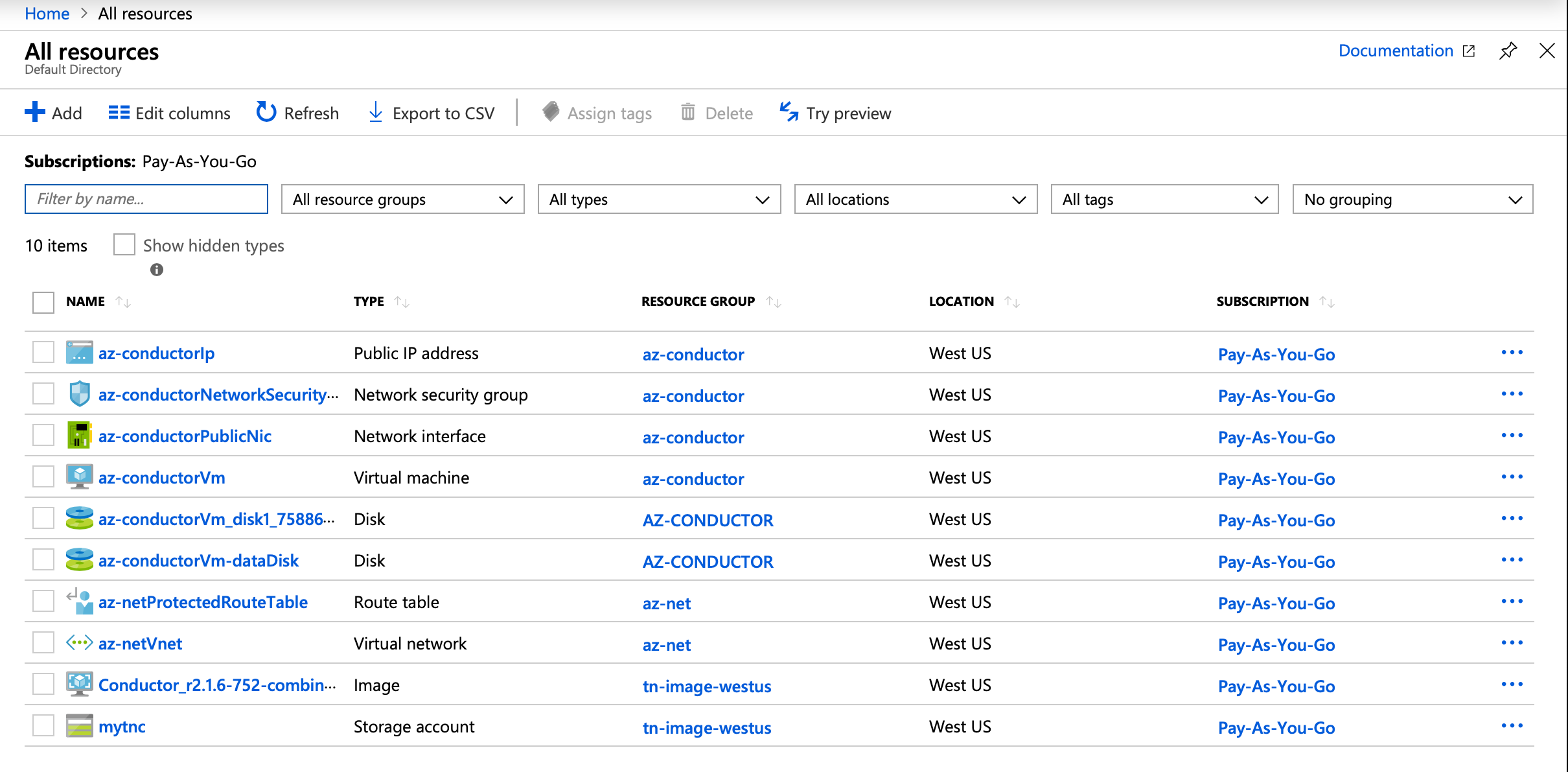
You are now finished creating the components required to run your Conductor in Microsoft Azure.
Verify the install
To verify the install:
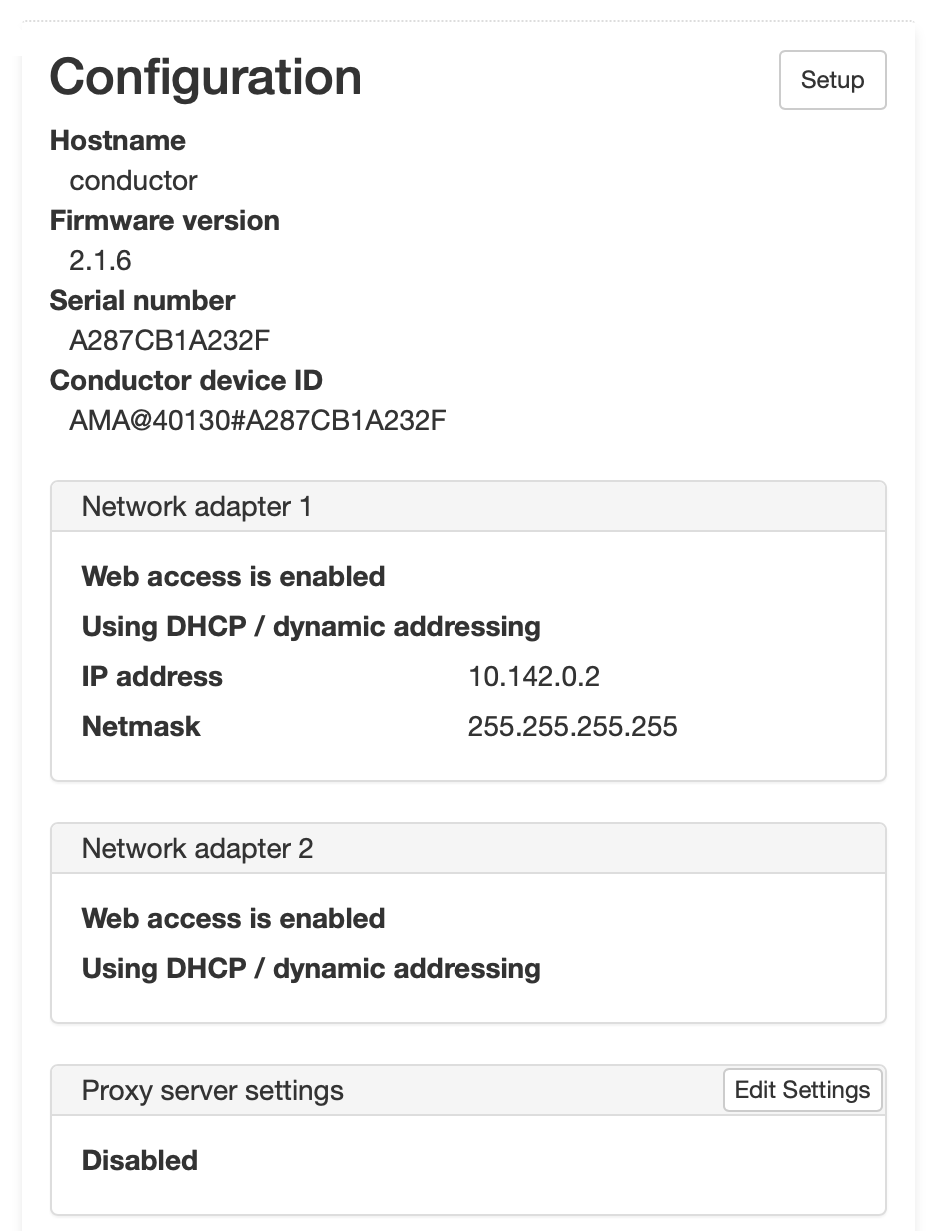
Additional Information
Once your Conductor is installed, you can configure and manage it as you would a physical Conductor. For additional help, you can search the Online Documentation by using the search bar at the top of the page or the navigation links to the left.

